Presented by:
[Editor's note: A version of this story appears in the July 2021 issue of Oil and Gas Investor magazine. Subscribe to the magazine here.]
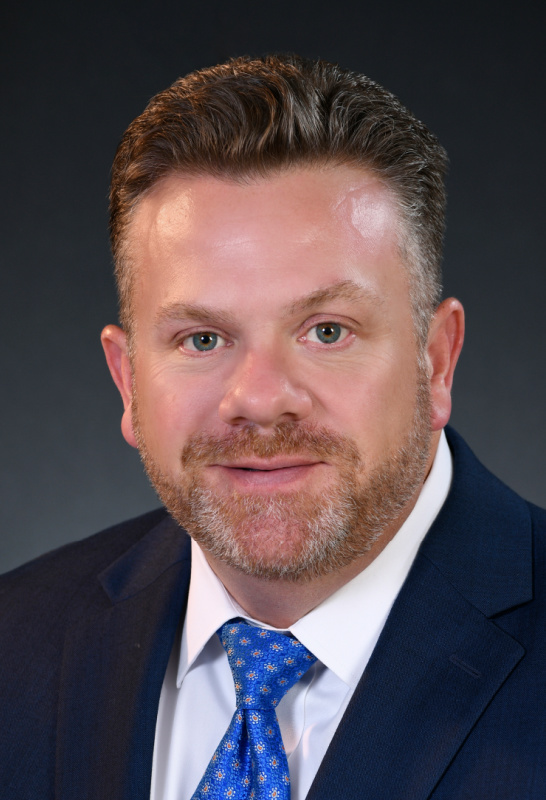
“Hands up! We’ve got you surrounded,” the marshal shouted out in the Old West. Today, acquisitive CEOs are shouting that in the Midland Basin. The flat, dry landscape hasn’t changed in decades, but what goes on underneath, and who controls that, surely has.
To assess the quality of the Midland Basin, one has only to look at the many recent transactions there, and to what extent public companies tout enormous returns. As operators push lateral lengths out further, yet wells get spaced further apart, companies do not have as much inventory in the Midland Basin as they once assumed, so they need to acquire more acreage.
If you look at area lease maps, Diamondback Energy Inc.’s acreage more or less surrounded all that of the companies it has acquired, QEP Resources Inc. and Guidon Operating LLC, in Martin County, Texas, and the so-called county line area bordering Andrews County, Texas. Done deal in March.
These transactions increased Diamondback Energy’s Midland Basin position by 42% to 276,000 net acres that will compete well for capital spending—about 75% of the 200 to 215 wells it will drill this year are in the Midland Basin.
Laredo Petroleum Inc. doubled down on the Midland Basin too. It doubled its Howard County, Texas, operated locations and increased its production mix to about 50% oil by acquiring the acreage it surrounded, that of Sabalo Energy LLC. Done deal in April. The company has two rigs working there now and plans to complete the 12-well Davis package soon, with wider spacing in the Wolfcamp. The deal increased its Howard and Glasscock County locations by more than 80%.

How hot are the hot spots? Global oil trader Vitol paid an estimated $1 billion-plus to snap up Hunt Oil Co.’s assets in five Midland Basin counties, with production of 46,000 bbl/d. The deal came with 795 drilling locations and will form a new company, Vencer Energy LLC.
“Folks now believe the efficiencies and returns of the Midland have materially surpassed the Delaware,” said Neal Dingmann, E&P analyst and managing director at Truist Financial. “To have somebody like a Vitol make their first move to buy oil assets in the U.S. do so in the Midland Basin is significant.
“A good return in the Midland is better than or equivalent to a great return in lots of other plays,” he told Oil and Gas Investor.
And where else but in this basin could a bolt-on meant to take command of some adjacent acreage command more than $6 billion? We’re talking about you, Scott Sheffield. The CEO of Pioneer Natural Resources Co. orchestrated the buy of DoublePoint Energy LLC in order to get more running room, now nearly 1 million acres, pro forma, in the Midland Basin, as the company’s horizontal wells grow ever longer. Pioneer Natural Resources said it is drilling out to 12,000 ft in some places.
Analysts thought Pioneer paid dearly. One estimated it paid $25,000 per flowing barrel of oil equivalent (boe), or $39,000 per acre, while another estimated about double those numbers. But since the acquired acreage basically was located within and adjacent to Pioneer’s already significant footprint, and added about 1,200 undeveloped locations, the deal made sense logistically if not on other metrics.
Back of the envelope math from Tudor, Pickering, Holt & Co. put $10,000 per acre on the undeveloped Howard County acreage Laredo Petroleum acquired from Sabalo, “although for a more accurate assessment we would need to pull PDP declines and roll through operating costs.
“The deal is another example, following [Pioneer-DoublePoint], that transactions are back to ascribing value to undeveloped acreage in the Permian.”
Other players active in the A&D scene agree. “We’re starting to see the days of old come back—we’re not all the way there yet—but we’re starting to see value in undeveloped locations,” said Doug Rook, vice president of business development for Tall City Exploration III.
Born and raised in Midland, he has the long view, having done business development for several other E&Ps in the basin. Ironically, while he was employed by Blue Whale, he helped orchestrate the latter’s purchase of Howard County assets owned by Tall City I some years ago. He joined Tall City III in 2019. (This latest iteration of Tall City is focused solely on Reeves County in the Delaware Basin, but the company is always opportunistic and will be looking elsewhere in Texas, he said.)
Rigs, returns, permits
It’s hard to talk about the Midland Basin without mentioning recent deal activity, as buyers clearly see value. Rystad Energy said the average price for land is $17,000 per acre. Data from Mercer Capital indicated buyers have been paying an average of $16,000 per flowing boe/d.
For a recent Haynes and Boone survey, 276 respondents said that 42% of all U.S. capex this year will be in the Permian Basin. Of that, the Midland Basin takes maybe half of the activity, with the hot spots throughout Howard, Martin, Midland and Upton counties. Data from Rextag Datalink (a Hart Energy company) shows that in March alone, operators filed for 76 drilling permits in Midland County and 71 in Howard County.
Last summer when oil fell to around $40, the area rig count fell dramatically, but today it has come back. When this year began, there were 18 rigs in each of Midland and Martin counties, 16 in Howard and 12 in Upton. Rig counts go up and down week to week, but in late April in Midland County, the count had increased to 30. It held steady at 20 in Martin and varied between 12 and 14 in Upton. Howard County, which always ranks in the top 10 most active in the U.S., was at 17.
Midland Basin production was about 1.9 MMbbl/d but is predicted to grow this year.
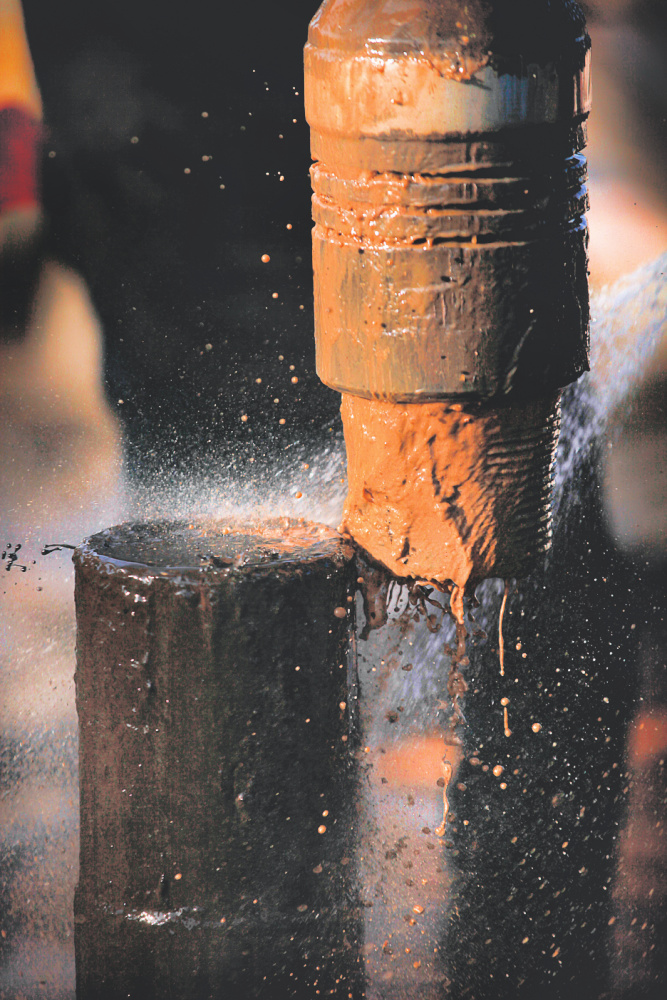
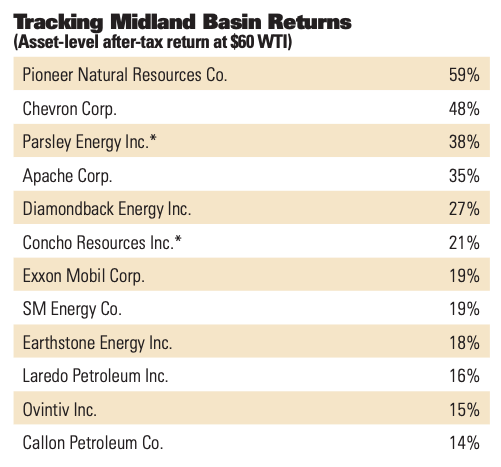
*Subsequently acquired.
(Source: Bernstein Research as of October 2020, using data from DrillingInfo, Rystad Energy and E&P company reports.)
Some have debated whether the Delaware Basin yields stronger wells and higher returns, but Midland-focused operators argue that the Midland Basin more than holds its own, as it has for decades. “I think a lot of people went out to the Delaware Basin when it was so hot and thought it was so great, but it was pricey, so now they are coming back to the Midland Basin because they see value here. The wells are very economic,” said one operator.
Some of the IPs and EURs in the Delaware Basin make big headlines, but in the Midland Basin, plenty of operators can make hay as they drill longer laterals and figure out proper well spacing. The wells may not be as big, but they are cheaper to drill in most cases.
On its first-quarter conference call, Earthstone Energy Inc.—another big acquirer in the basin recently with two deals—said that if WTI is $50 and natural gas is $2.50, an internal rate of return on a 10,000-ft lateral could be as high as 93%.

The company resumed drilling in March with one rig, which it will use for the rest of the year.
“We’ll end up with seven wells in Midland County and then move the rig to Upton. We have two blocks in Midland and two in Upton, and we’ll rotate between those with the one rig,” said CEO Robert Anderson. If a second rig is added because of the two deals, those additional wells will be held for completion until near year-end, to build up the DUC inventory and create a strong start to production for 2022, he said.
One of his goals is to drive LOE below $5/ boe, and Earthstone’s recent acquisitions should help achieve that, he added. For another thing, the company is migrating to gas lift instead of electric submersible pumps, thus saving money on LOE.
Capital efficiency counts
“It’s not your number of barrels, it’s your capital efficiency that counts,” said Ryan Keys, president and co-founder of Triple Crown Resources LLC, which has been active in Irion County in the southern Midland Basin since 2018. Although his company is private, he benchmarks against all the data he can scrape from the 10-Ks of the Permian-oriented publics, to create what he calls “PermianCo.” When comparing the Delaware to the Midland, the latter measures up.
He finds that at $60, the economics and greater efficiencies make all the difference as well.
He focuses on many metrics such as the cash margin per barrel produced, unit costs, debt and whether the PDP value of the company exceeds debt. These details result in what percentage of EBITDA a company must spend to keep production flat, which he thinks is the most important capital efficiency metric, given investors’ demands in the current environment.
He also tracks ESG data and believes M&A will increasingly focus on this metric, with the strong possibility of a price on carbon.
“You have to adapt your operations to where your leasehold is. We don’t have the margin for error because our wells are smaller, but that’s OK. So, we are very disciplined on our well design and our spacing,” Keys said. “The Midland Basin is going to give you as good a free cash flow yield as the Delaware, at the corporate level. We can see that in the public companies’ profiles.”
Triple Crown has about 27,000 net acres in Irion County and will pursue a maintenance capital program that requires only intermittent drilling—12 or 14 wells this year, mostly for Wolfcamp B. Keys joked that this is the equivalent of half of a rig all year long.
Deep dive
Simmons Energy analyst Mark Lear did a deep dive into the Midland Basin last November, using data from Enverus as his starting point. He called Midland Basin-focused Endeavor Energy Resources “the Pioneer of the private companies” with over 350,000 net acres, mostly in Midland and Martin counties.
The most active operators he found last fall were Endeavor with 10 rigs, Surge Energy US Holdings (which recently acquired Grenadier Energy Partners II and its 18,000 acres in Howard County), and Sable Permian Resources, which emerged from bankruptcy in February. He concluded DoublePoint, CrownQuest Operating and Endeavor had the highest asset quality and larger footprints.
Lear noted that at the peak of drilling activity back in 2018, some 250 wells were being completed each month, but that total is now closer to 100 per month. As operators manage their wells more efficiently, the 2020 wells appear to show 10% less production initially, but they display a shallower decline curve than earlier-vintage wells. On average, 2020 wells declined about 50% eight months after peaking, he wrote.
Still, Midland Basin margins are getting better lately. So much oil can be recovered with the latest methods (think simul-fracs); prices for diesel, steel and oilfield services are still a bit lower than two years ago; and WTI has climbed above $70/bbl. Casing prices have been creeping back up, however.
The breakeven, depending on where you go, can be less than $40/bbl. Public operators have been reporting lower DC&E (drilling, completion and equipment) costs, bringing them down to the range of $450 to $650 per lateral ft. Ovintiv reported $480 per lateral ft in the first quarter. It is using wet sand from a Howard County mine to lower sand and trucking costs, and said it completed its first 16,000-ft lateral. It’s operating three rigs.
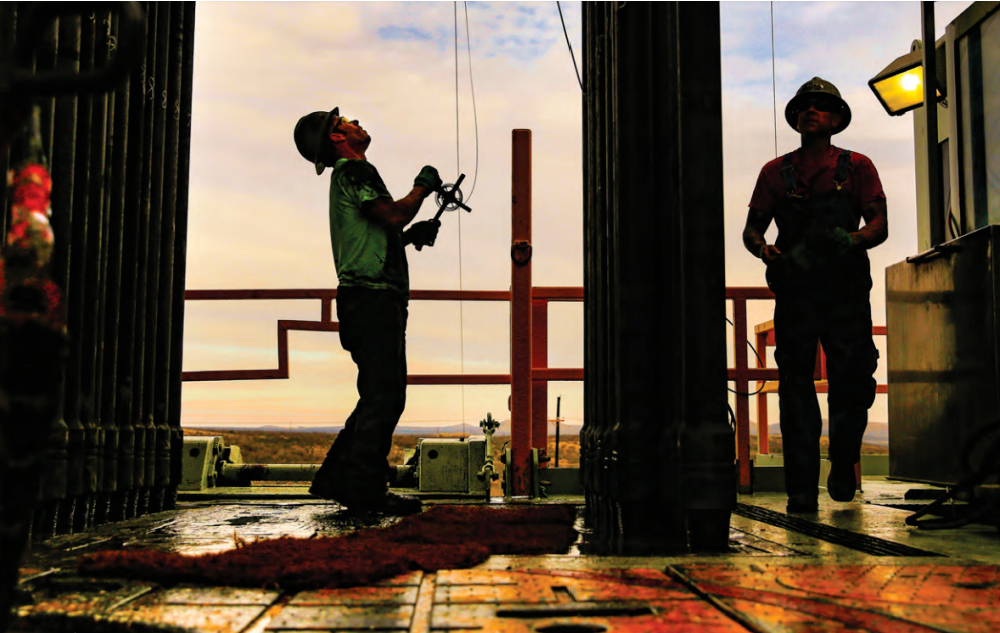
Going up in Upton
Midland company Henry Resources has built and sold throughout the Permian Basin over its 50-year history, to companies that have mostly ended up in the hands of Pioneer, the former Concho Resources and other large E&Ps. Tweaking the portfolio continues: A few months ago, Henry sold the last of its assets in the Central Basin Platform in order to focus on the eastern and southeastern quadrant of Upton County, which is the southern and gassier part of the greater Midland, where it is running two rigs. (After a rig finishes a four-well pad for the company in Reeves County, it will return to Upton for the rest of the year.) By the end of the year Henry will bring on another 10 wells. Gross operated production is 16,000 bbl/d.

“In the area where we’ve built our acreage position in Upton County, starting four years ago if you drew a circle with a 10-mile radius, there were only one or two rigs. Now there are 10 or 15,” said David Bledsoe, president of Henry Resources.
The play of interest is mainly two landing points in the Wolfcamp B, and the A is also good in some areas, with the Spraberry a somewhat lesser target, he said. “I think the industry is learning that drainage between wells is more problematic vertically than horizontally, when you have five or six wells in the same bench. People are seeing that well interference above and below is more of a problem than they thought, based on pressure work, tracer work and other measurements.”
Henry has a new deal with Dan Pickering’s Pickering Energy Partners to work together on future acquisitions, and it just closed a while ago on another piece in southern Upton County, where one of its rigs is now drilling.
Most Midland Basin acreage is tied up by production, so a lot of collaboration goes on between companies to facilitate longer laterals, some now going to 15,000 ft. Technical and well-design learnings are also shared. Well spacing is changing rapidly as most people concede fewer wells spaced further apart is the right way to maximize production without compromising child wells.
Go big or go little?
More consolidation is on the way, with a field ripe for picking. A Barclays report noted, “As of April 14th, there were 49 private E&P companies running rigs in the Permian (down from 57 as of April 3rd).
“Of these 49 privates, 74% of them were running only one rig and only 10% (five E&Ps) were running five or more rigs. However, this doesn’t mean that there isn’t an opportunity for acquisitions that would increase overall capital discipline among upstream players,” Barclays said. (Note: These data also include the Delaware Basin, where at press time another merger occurred that joins Colgate Energy Partners III and Luxe Energy LLC, with assets in Ward and Reeves counties. Colgate went on to acquire additional Ward and Reeves acreage from Occidental Petroleum Corp.)
If the largest public and private companies seem to control more and more of the basin, where does that leave smaller companies? Not a problem, people told us. “The heart [of the Midland Basin] is mostly controlled by the big guys, but we feel we have great well economics. We can still make a lot of good wells on what I’d call Tier 2 acreage, compared to their core of the core,” said Henry’s Bledsoe.
“The best opportunities for guys like us is to get the big guys like a Chevron or Pioneer to do a deal and then we can bring some of their [unwanted] drilling inventory forward,” Bledsoe told Oil and Gas Investor. Trading acres and drill-to-earn deals are preferred, but of course there’s a fair amount of buying and selling, he said.

Ted Williams, COO of Encore Permian Holdings, agreed that while the “big guys” make their billion-dollar moves, many opportunities will fall out for all the other players. “There’s plenty of running room in our mind,” he said.
“Some of these wells that hold leases are 20, 30 years old and are making maybe 5 barrels a day, kind of limping along, so some operators would like to let those go, and the lease owners would like to see some new drilling to bring some value forward.”
Encore Permian plans to pick up one rig in Upton County later this year, where it has several DSUs (drilling units) on 4,000 acres, but it just laid down its one rig in the Delaware after concluding a successful campaign there. “We feel really good about the rock we’ve seen in Upton, and we’re savvy on data about it,” Williams said. Going forward the company will be about 75% Delaware Basin and 25% Midland Basin, he said, but eventually is getting to 50:50.
Tall City’s Rook agreed that more M&A&D will occur in the basin. The company pivoted to Reeves County when opportunities appeared better there than in the Midland Basin at the time; however, he has great perspective on the Midland.
“It can be frustrating and get you down in the mouth [when the big E&Ps seem to buy up everything], but a company like Pioneer is going to have small assets they don’t want, and they will start doing some small-ball sales. So, this industry is cyclical, and that’s how independents have survived for 40, 50 years.
“There will be opportunities in various forms as these companies get so much bigger. Companies are comfortable laying out their maps and saying, ‘OK, you do this and I’ll do that and we’ll make a trade.’”
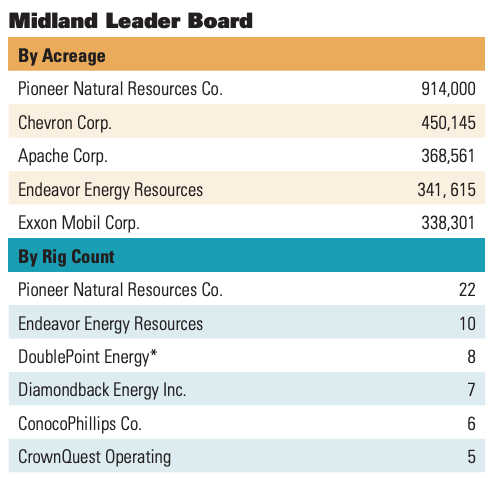
(Source: Enverus)
Technical records
Technical improvements continue to emerge in the basin as operators chase efficiency. Occidental Petroleum Corp. said that in the first quarter, its Permian resource business unit took just 17 hours to clean out a 10,000-ft lateral in Howard County, reportedly a single-well drill time record for the Midland Basin. Pioneer said it is testing its first simul-frac on a four-well pad.
SM Energy Co. just drilled a 20,000-ft lateral in Howard County—some 3,000 ft longer than the previous record in the Midland Basin, according to the drilling contractor that did it, Pioneer Drilling Co.
We actually have drilled 25 of the 50 longest wells in the Permian Basin,” SM Energy’s CEO, Herb Vogel, told Oil and Gas Investor. “We have customized our well spacing to achieve returns on the last well drilled on a pad. We look at the return on each well on the pad.”
Along with its public peers, SM Energy has been bringing costs down and efficiencies up. Its aptly named RockStar package is the moniker for all the assets acquired from Rock Oil and QStar, and now encompasses 64,100 net acres, predominantly in Howard and some in Martin counties. Its Midland Basin assets also include its original holdings at Sweetie Peck (mostly in Upton County), where it has 18,000 net acres.
“SM typically co-develops zones and drills three to six wells per pad, although it has done larger developments with adjacent pads. Our long laterals, which are expected to average 11,300 ft this year in Midland, are one of the core components of our high-capital efficiency low well costs,” vice president of investor relations Jennifer Martin Samuels told Oil and Gas Investor.
“Several banks/analysts rank SM Energy as having the lowest (or top 3) breakeven costs in the basin. The competitively low breakevens benefit from our capital efficiency and high-oil content wells. (In June, Wells Fargo published a chart indicating SM Energy has the second-best breakeven costs across the peer group, and this is company-wide, not just Midland.)”
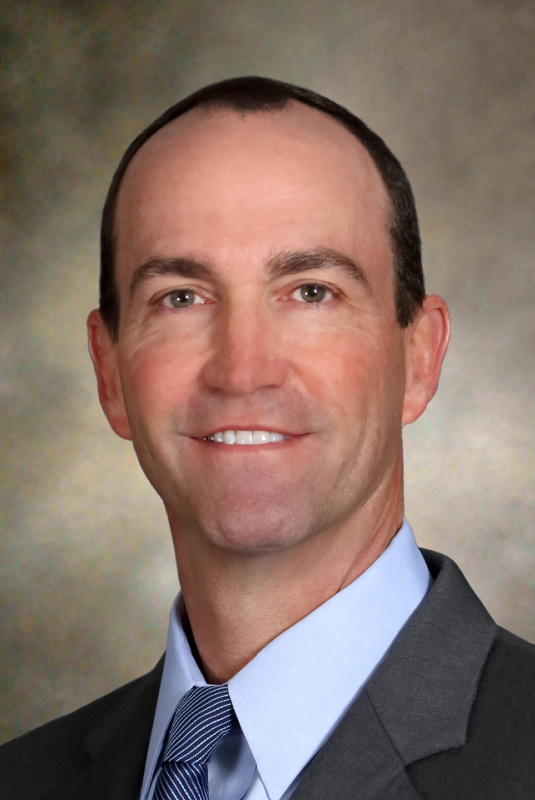
The company drills 12 or 13 wells at a time, then later fracs three at a time in so-called zipper fracs. It plans 55 wells in the Midland Basin this year and is running three rigs. SM Energy is focused on four things, said Vogel: free cash flow, reducing debt, remaining in the top quartile for ESG performance and returns to shareholders. But the Midland, especially in Howard County, is a key to achieving those goals, he said.
Further dealmaking should be in the cards for many people eyeing the Midland Basin. One trend seen by the folks at Eagle River Energy Advisors is that as larger oil companies trim their budgets to meet investor expectations, more of their nonop assets will be sold off, creating opportunities for buyers. “They have no desire to pay those AFEs [authorization for expenditures], and they look to us to help monetize these assets,” said managing director Mike Stolze.
“With higher oil prices and lower costs, it’s a perfect storm—they’ve got these 2-mile Wolfcamp wells down to $7 million or $8 million—so the Midland Basin is compelling. Implied acreage values are back to 2018,” said his colleague, managing director Austin McKee. “Historically there was a discount to nonop interests but for wells that will be drilled imminently, we’ve seen that difference wiped away.
“There’s a nice appetite for drill bit-oriented things now. People are getting back to work.”
Going back to work in the Midland Basin means a lot to the economy of Texas and to the future of U.S. oil production.
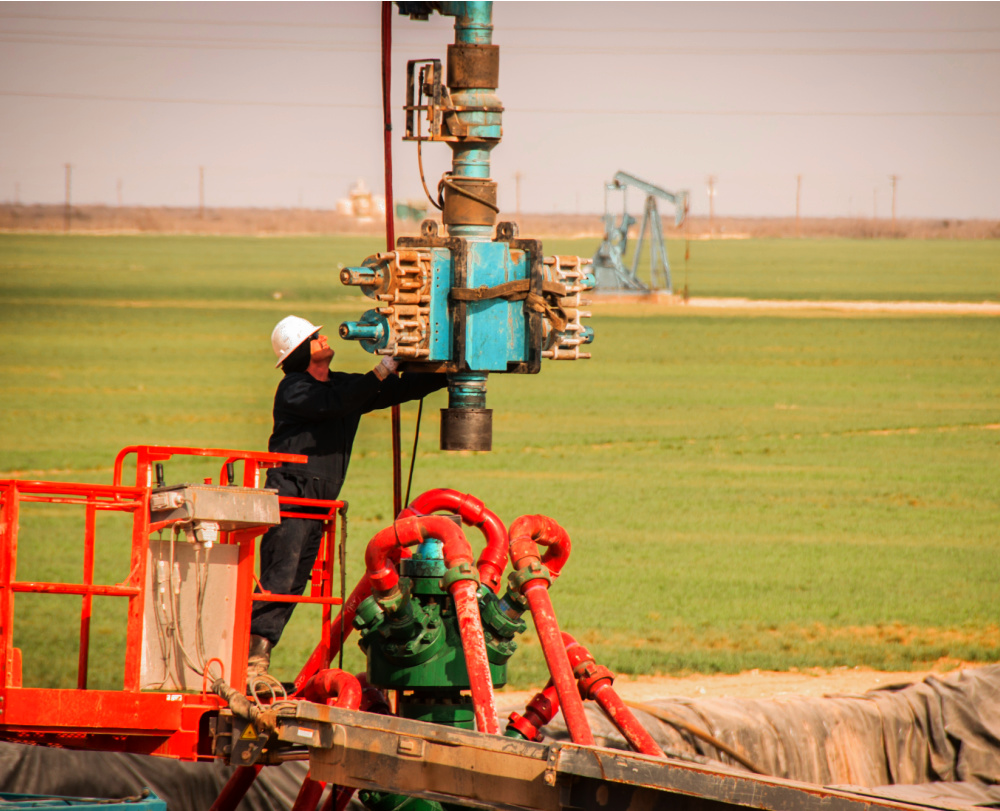
Recommended Reading
On The Market This Week (Jan. 20, 2025)
2025-01-24 - Here is a roundup of marketed oil and gas interests in the Delaware Basin, Midcontinent and Bakken from select sellers.
Ring Energy Closes Central Basin Platform M&A from Lime Rock
2025-04-01 - Ring Energy added 17,700 net acres and 2,300 boe/d of production in the Central Basin Platform through an acquisition from Lime Rock Resources IV.
Diamondback Acquires Permian’s Double Eagle IV for $4.1B
2025-02-18 - Diamondback Energy has agreed to acquire EnCap Investments-backed Double Eagle IV for approximately 6.9 million shares of Diamondback and $3 billion in cash.
Elk Range Acquires Permian, Eagle Ford Minerals and Royalties
2025-01-29 - Elk Range Royalties is purchasing the mineral and royalty interests of Newton Financial Corp., Concord Oil Co. and Mission Oil Co.
Appalachia, Haynesville Minerals M&A Heats Up as NatGas Prices Rise
2025-04-03 - Several large Appalachia and Haynesville minerals and royalties packages are expected to hit the market as buyer interest grows for U.S. natural gas.
Comments
Add new comment
This conversation is moderated according to Hart Energy community rules. Please read the rules before joining the discussion. If you’re experiencing any technical problems, please contact our customer care team.






